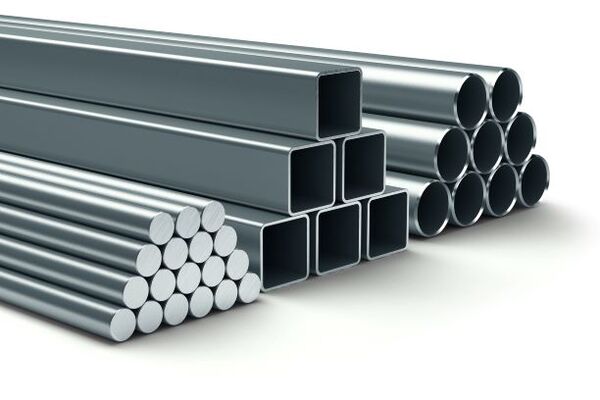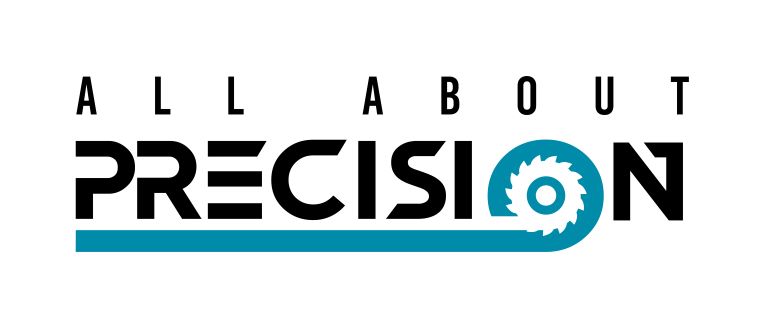
Introduction
Nitronic 33 is a high strength, low nickel austenitic stainless steel that is part of a group of materials known as Nitronic due to the addition of nitrogen to improve their strength. This group includes Nitronic® 30, Nitronic® 32, Nitronic® 40, Nitronic® 50 and Nitronic® 60.
Nitronic 33 is a trademark of the AK Steel Corporation.
It's low magnetic permeability, toughness, ductility and general corrosion resistance make it a useful material for a number of industrial applications.
Other Material Designations
- UNS S24000
- XM 29
Product Standards and Specifications
- ASTM A240 Plate, Sheet and Strip for Pressure Vessels.
- ASTM A666 Austenitic Stainless Steel Sheet, Strip, Plate and Flat Bar.
ASTM - American Society for Testing and Materials
Available Forms
- Tubing, forging billet, bar, reinforcing bar, plate, sheet, strip, wire and rod
What conditions is it ideal for?
The properties of Nitronic 30 make it especially useful for cryogenic applications.
It is also useful in corrosive environments as its general corrosion resistance is only just below that of 304 stainless steel.
The opportunities for use are furthered by a yield strength that is around double that of 304 stainless steel at room temperature due to the addition of nitrogen.
Machinability
Nitronic 33 has a high work hardening rate, so although it’s machinability characteristics are similar to that of other austenitic stainless steels, the material will have to be held more rigidly and slower speeds used.
More power will also be required, so heavy machines will be required, and it is also recommended to use carbide coated tooling.
Machining Data | |
Carbide tools are suggested for rates better than 50% of Type 304. | |
Machining Type | Suggested starting rates are: |
Single Point Turning | Roughing - 0.15" depth, 0.015"/rev feed -175 SFM Finishing - 0.025" depth, 0.007"/rev feed - 200 SFM |
Drilling | 1/4" Dia hole - 0.004"/rev feed - 60 SFM 1/2" Dia hole - 0.007"/rev feed - 60 SFM 3/4" Dia hole - 0.010"/rev feed - 60 SFM |
Reaming | Feed - same as drilling - 100 SFM |
Side and Slot Milling | Roughing - 0.25" depth - 0.007"/tooth feed - 125SFM Finishing - 0.050" depth - 0.009"/tooth feed - 140SFM |
These rates are for carbide tools, Type C-2 for roughing, drilling and reaming. Type C-3 for finishing. | |
Weldability
Nitronic 33 can be welded using all the most common welding techniques. Its weldability is similar to that of 304 stainless steel and no pre-heating is required.
To avoid a reduction in strength or resistance to intergranular attack, a filler with similar chemistry to the base material should be used.
Heat Treatment
Nitronic 33 cannot be hardened by using heat treatment.
Stress-Corrosion Cracking and Intergranular Attack Resistance
Similar to the majority of stainless steels, Nitronic 33 may stress-corrosion crack in hot chloride environments.
Its resistance to stress corrosion in these conditions however, is superior to that of 304 stainless steel at stress levels below approximately 50ksi, and has similar resistance to levels above this.
The ability of Nitronic 33 to resist intergranular attack is excellent, however the correct filler has to be used in weldment's to maintain this level throughout the component.
Examples of where is it used:
The properties of Nitronic 33 make it useful for a number of used.
It is often used for the following:
- Marine components
- Heat exchangers
- Valves
- Components used in cryogenic operations
- Electrical components
- Pressure vessels
- Fans
- Pipes
- Tube assemblies
Summary of Advantages:
- Corrosion resistance approaching that of 304 stainless steel.
- High strength, yield of almost twice that of 304 stainless steel.
- Stress corrosion resistance superior to that of 304 stainless steel,
- Excellent strength and ductility at cryogenic temperatures.
- Low magnetic permeability even after severe cold working and at cryogenic temperatures.
- Better wear and galling resistance than conventional austenitic stainless steels.
Nitronic 33 Properties
Chemical Composition
Typical chemical composition of Nitronic 33 is detailed in the table below.
| Element | Content (%) |
|---|---|
| Chromium, Cr | 17.0 - 19.0 |
| Nickel, Ni | 2.25 - 3.75 |
| Manganese, Mn | 11.5 - 14.5 |
| Silicon, Si | 0.75 |
| Nitrogen, N | 0.2 - 0.4 |
| Carbon, C | 0.08 |
| Sulfur, S | 0.03 |
| Phosphorus, P | 0.06 |
Physical Properties
Typical physical properties of Nitronic 33 are detailed in the table below.
| Properties | Metric | Imperial |
|---|---|---|
| Density | 7.78 g/cm3 | 0.281 lb/in3 |
Mechanical Properties
Typical mechanical properties of Nitronic 33 are detailed in the table below.
| Properties | Metric | Imperial |
| Tensile strength at break | 689 MPa | 100000 psi |
| Yield strength | 379 MPa | 55000 psi |
| Elongation at break | 40% | 40% |
| Hardness, Rockwell B | 100 | 100 |
| Hardness, Brinell | 241 | 241 |
Discover Nitronic 33 through All About Precision
As we have seen, Nitronic 33 is a very versatile material that can be used in many situations.
If you’re looking for Nitronic 33 or parts manufactured from Nitronic 33 in the United Kingdom, go through All About Precision.
We make finding the best engineering specialist for your needs easy! You can compare quotes, browse reviews, and more from our website.
References
https://www.azom.com/article.aspx?ArticleID=7708
http://www.electralloy.com/images/pdf/nitronic/Nit_33.pdf
https://www.ulbrich.com/alloys/nitronic-33-uns-s24000/
http://www.matweb.com/search/datasheettext.aspx?matguid=c85f494435b0468f9a5ee4d021cef5a0
.jpg)
The technical advice and recommendations made in this article should not be relied or acted upon without conducting your own further investigations, including corrosion exposure tests where needed. Please consult current editions of standards for design properties. All About Precision assumes no liability in connection with the information in this article.

